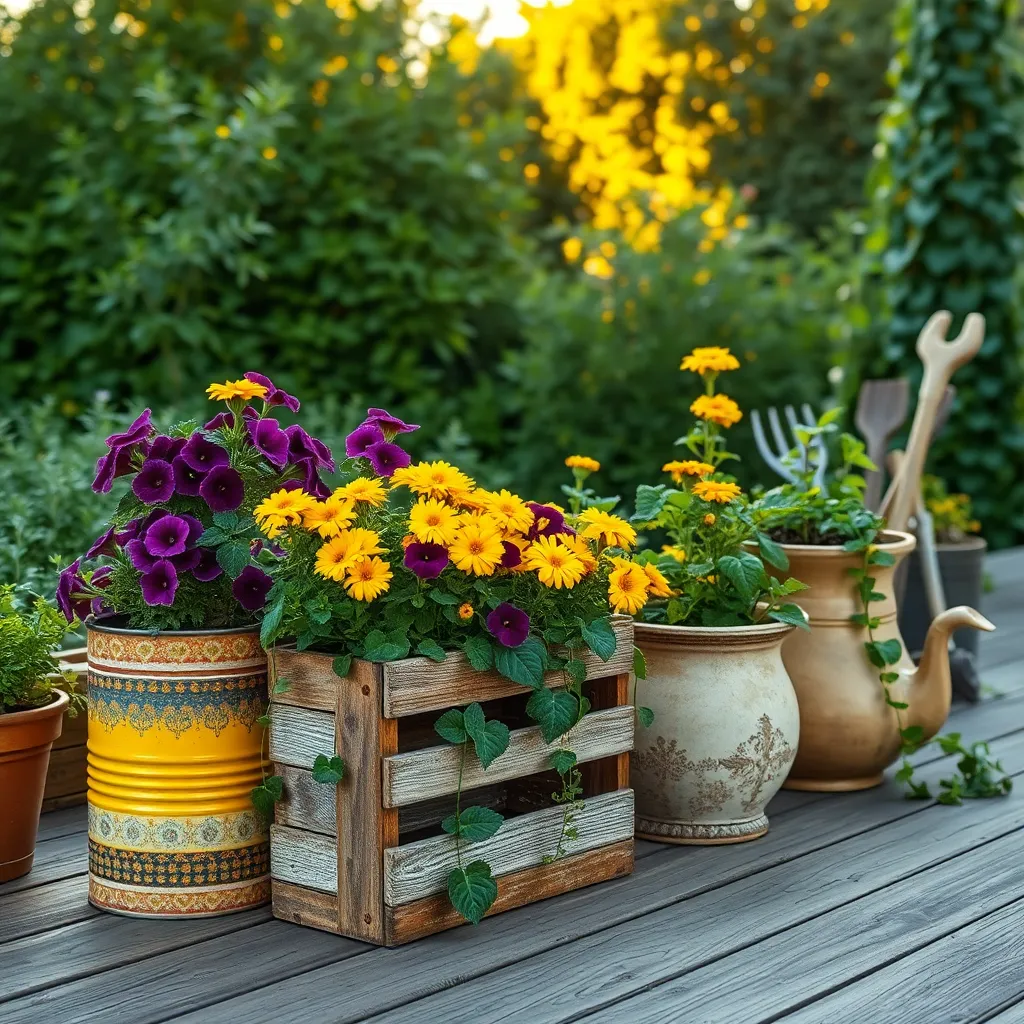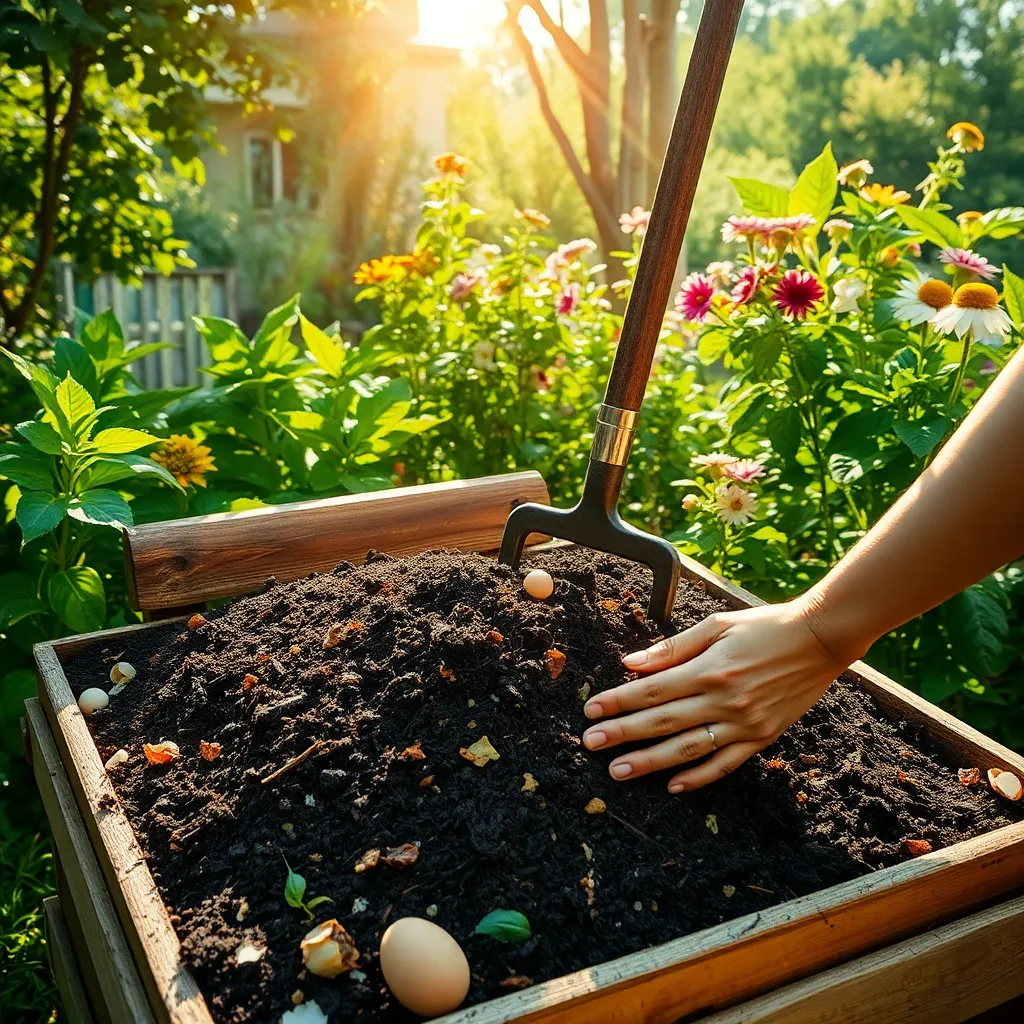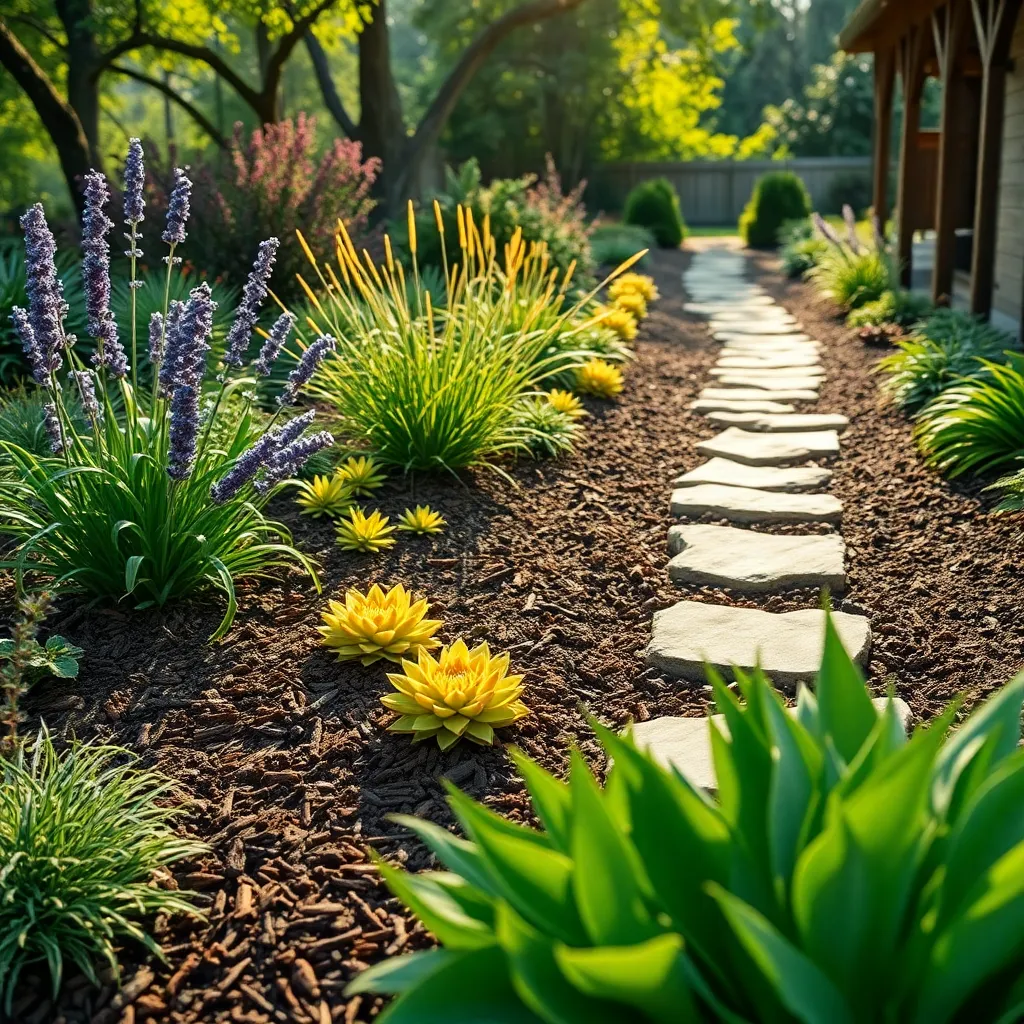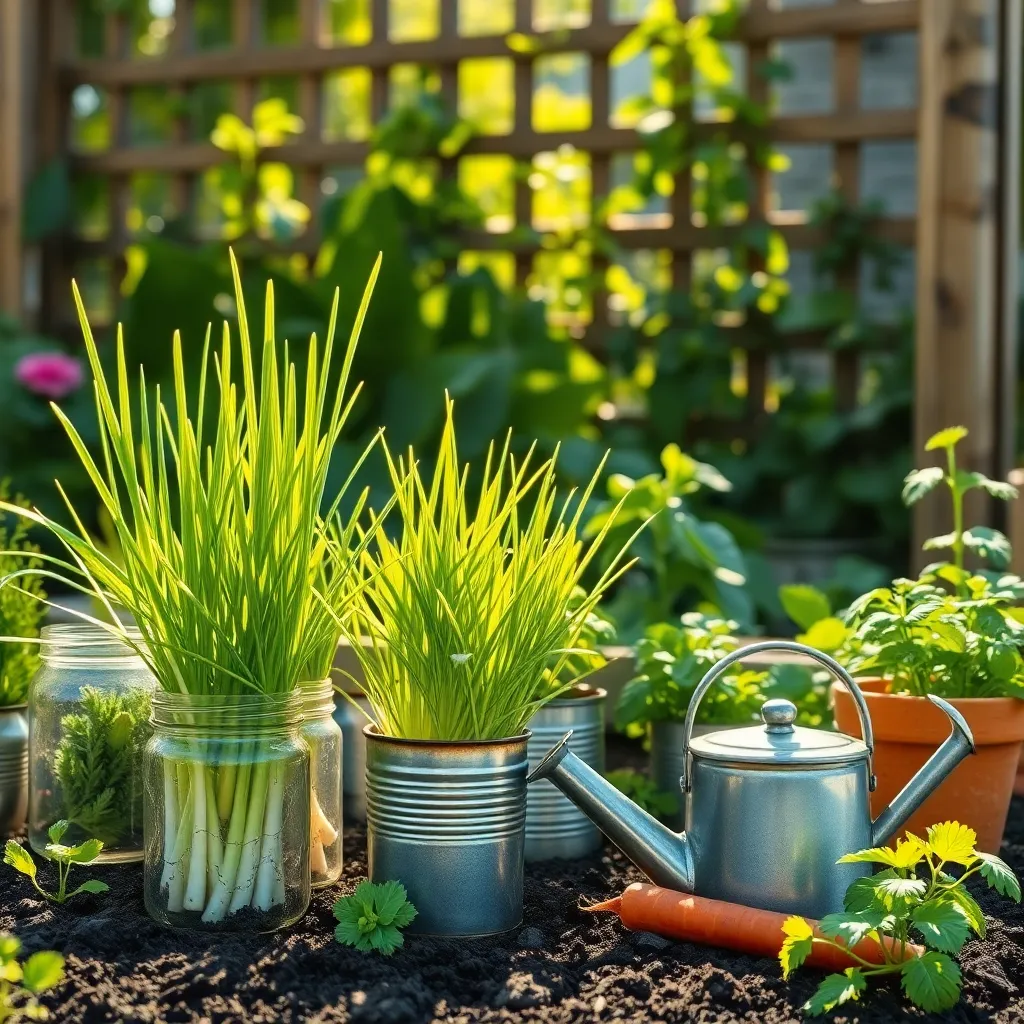Imagine stepping into your garden and feeling a sense of accomplishment and serenity, all achieved without breaking the bank. Whether you’re just planting your first seedling or you’ve been nurturing your green oasis for years, “Budget-Friendly Garden Makeover Ideas” is here to transform your space into a lush paradise on a shoestring budget.
This guide is packed with innovative, practical strategies that celebrate the joy of gardening while keeping your wallet happy. With each idea, you’ll find opportunities to infuse creativity and personal flair into your garden, making it a truly unique extension of your home.
You’ll discover that a flourishing garden doesn’t require extravagant spending but rather a little ingenuity and passion. From repurposing everyday items to selecting cost-effective plant combinations, these pages are your toolkit for achieving garden success with confidence and ease.
Repurpose Containers for Planters

Repurposing containers for planters is an excellent way to give old items a new life while saving money. Look around your home for unused items such as old buckets, wooden crates, or even broken teapots that can be transformed into charming planters.
Ensure that the containers you choose have adequate drainage to prevent waterlogged roots, which can damage your plants. If drainage holes are not present, you can easily drill some at the bottom or line the base with a layer of gravel.
When selecting plants, consider the size and depth of your container since these factors will determine what can thrive in it. For shallow containers, opt for herbs like thyme or succulents, while deeper pots can accommodate root vegetables or flowering plants with more extensive root systems.
For those with more gardening experience, try creating a container garden with a mix of plants that have similar sunlight and water requirements. A combination of herbs, perennials, and annuals can create a lush, diverse display that adds both beauty and utility to your garden space.
Create DIY Compost for Fertilizer

Transforming kitchen scraps into nutrient-rich compost is a cost-effective way to boost your garden’s health. Start by setting up a compost bin in a shaded area to keep it from drying out too quickly.
Gather materials such as fruit peels, vegetable scraps, coffee grounds, and eggshells to create your compost. Avoid adding meat, dairy, or oily foods, as they can attract pests and slow down the decomposition process.
Layer your compost with brown materials like dried leaves or shredded newspaper to balance the nitrogen-rich green materials. Turn the pile every few weeks to aerate it and speed up the decomposition process.
Water the compost occasionally to maintain a moist—not soggy—environment, helping microorganisms break down the materials. In about 3 to 6 months, you’ll have a dark, crumbly compost ready to enrich your garden soil.
Use Mulch to Conserve Water

Using mulch is an effective way to conserve water in your garden, making it a crucial component of a budget-friendly makeover. By spreading a layer of organic material like bark, leaves, or straw over the soil, you can significantly reduce evaporation and keep your plants hydrated for longer.
In addition to conserving water, mulch can also suppress weeds, saving you time and effort in garden maintenance. As the mulch breaks down, it enriches the soil with nutrients, providing a natural and cost-effective way to enhance soil quality.
For beginners, start by applying a 2 to 4-inch layer of mulch around your plants, ensuring it doesn’t touch the plant stems to prevent rot. More experienced gardeners can experiment with different types of mulch, such as cocoa hulls or pine needles, to see which works best for their soil and plants.
Remember to water your garden thoroughly before applying mulch to lock in moisture. In regions with hot climates, consider using light-colored mulches to reflect sunlight and further reduce evaporation.
Lastly, keep an eye on the mulch layer throughout the growing season. Replenish it as needed to maintain its effectiveness, ensuring your garden stays lush and beautiful without excessive water usage.
Swap Plants with Neighbors

Connecting with your neighbors to swap plants is a great way to diversify your garden without spending a dime. This exchange can introduce you to a range of species you might not have considered growing before.
Start by assessing which plants in your garden are thriving and could benefit others. Consider sharing plants that are easy to propagate, such as succulents, herbs, or perennial flowers.
Once you’ve identified candidates for exchange, ensure they are healthy and pest-free before offering them to neighbors. Dividing perennials, such as hostas or daylilies, is a simple way to create new plants to share.
For more advanced growers, swapping seeds of unique varieties can be exciting and rewarding. Make sure you provide care instructions for each plant, including watering needs and sunlight requirements, to ensure they flourish in their new homes.
Grow from Kitchen Scraps

Turning kitchen scraps into new plants is a simple and rewarding way to expand your garden without spending a dime. You can regrow many kitchen scraps such as potatoes, garlic, lettuce, and celery, giving them a second life right in your backyard.
To start, save the root ends of vegetables like green onions or leeks and place them in a shallow dish of water. Change the water every few days, and once roots develop, transfer them to a pot with well-draining soil, keeping the soil moist but not waterlogged.
Carrot tops can be regrown into attractive greenery by placing them in a shallow dish of water. While they won’t produce new carrots, the lush foliage can be used as a garnish or simply enjoyed for its beauty.
Potatoes that have sprouted eyes can be cut into chunks, with each piece containing at least one eye. Allow the chunks to dry for a day or two before planting them in a sunny spot with loose, fertile soil, ensuring they are buried about four inches deep.
For a more advanced project, try regrowing an avocado tree from a pit. Insert toothpicks into the pit to suspend it over a glass of water, ensuring the bottom half is submerged. Once the roots and stem have grown, transplant the seedling into a pot with rich, well-draining soil and place it in a sunny location.
Conclusion: Growing Success with These Plants
In conclusion, transforming your garden into a budget-friendly haven not only enhances your outdoor space but also deepens your connection with loved ones. We explored five key concepts: collaborative planning to align visions, creative problem-solving for cost-effective solutions, nurturing patience as gardens and relationships grow, incorporating personal touches to reflect shared memories, and celebrating small wins to maintain enthusiasm. These principles mirror the nurturing required in our relationships.
As your next step, choose one of these concepts to implement this weekend—perhaps start by sketching a layout with your partner or sourcing upcycled materials together. This small action can lay the foundation for a rewarding project and deepen your bond.
Remember, for ongoing inspiration and tips, save or bookmark this article. It’s a resource you’ll want to revisit as you cultivate both your garden and relationships.
Looking ahead, embracing these concepts not only promises a flourishing garden but also paves the way for enduring relationship success. With each plant you nurture and each idea you share, you’re building a sustainable and vibrant partnership. Let this be the season where your relationship thrives as beautifully as your garden.

